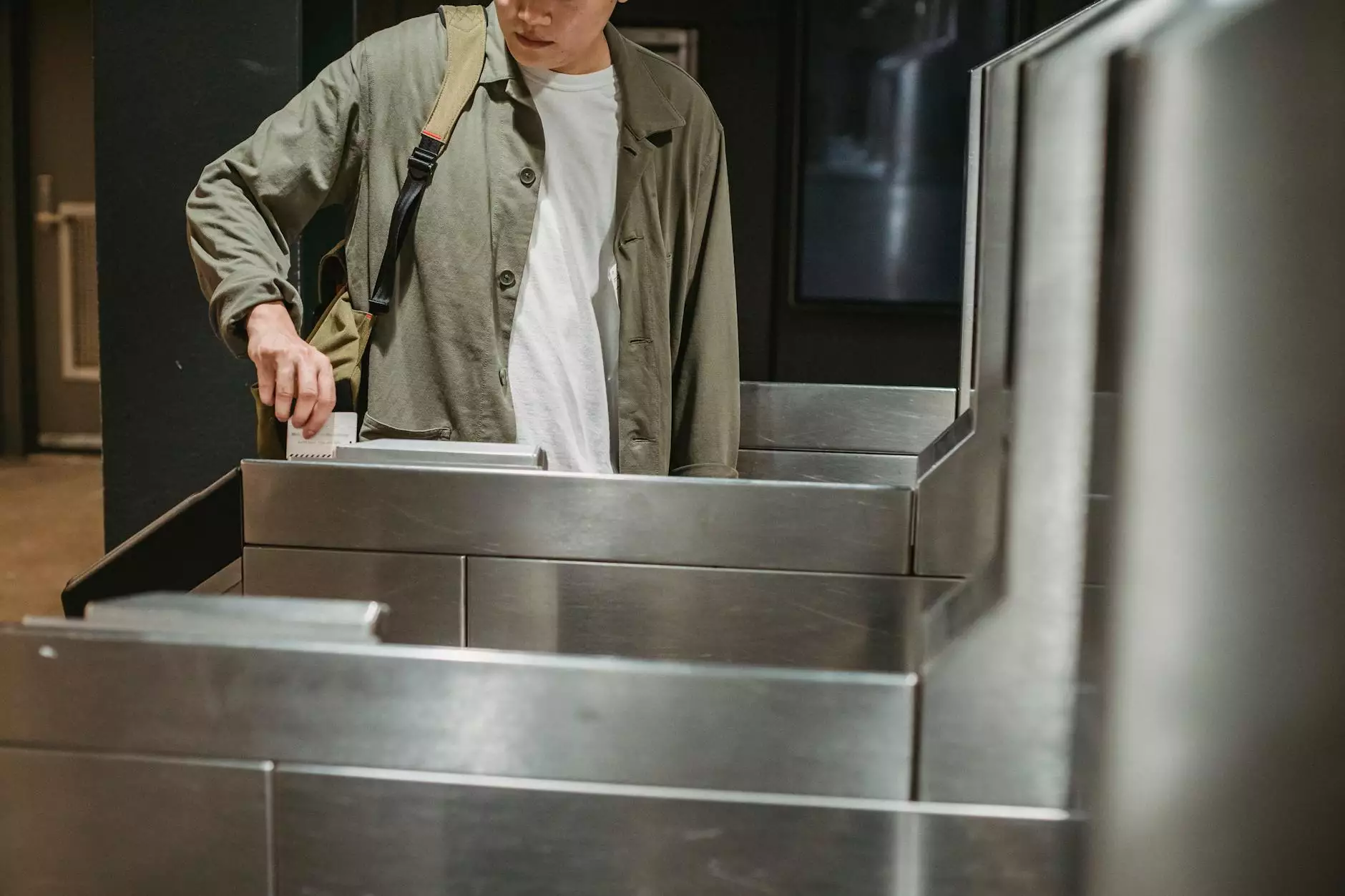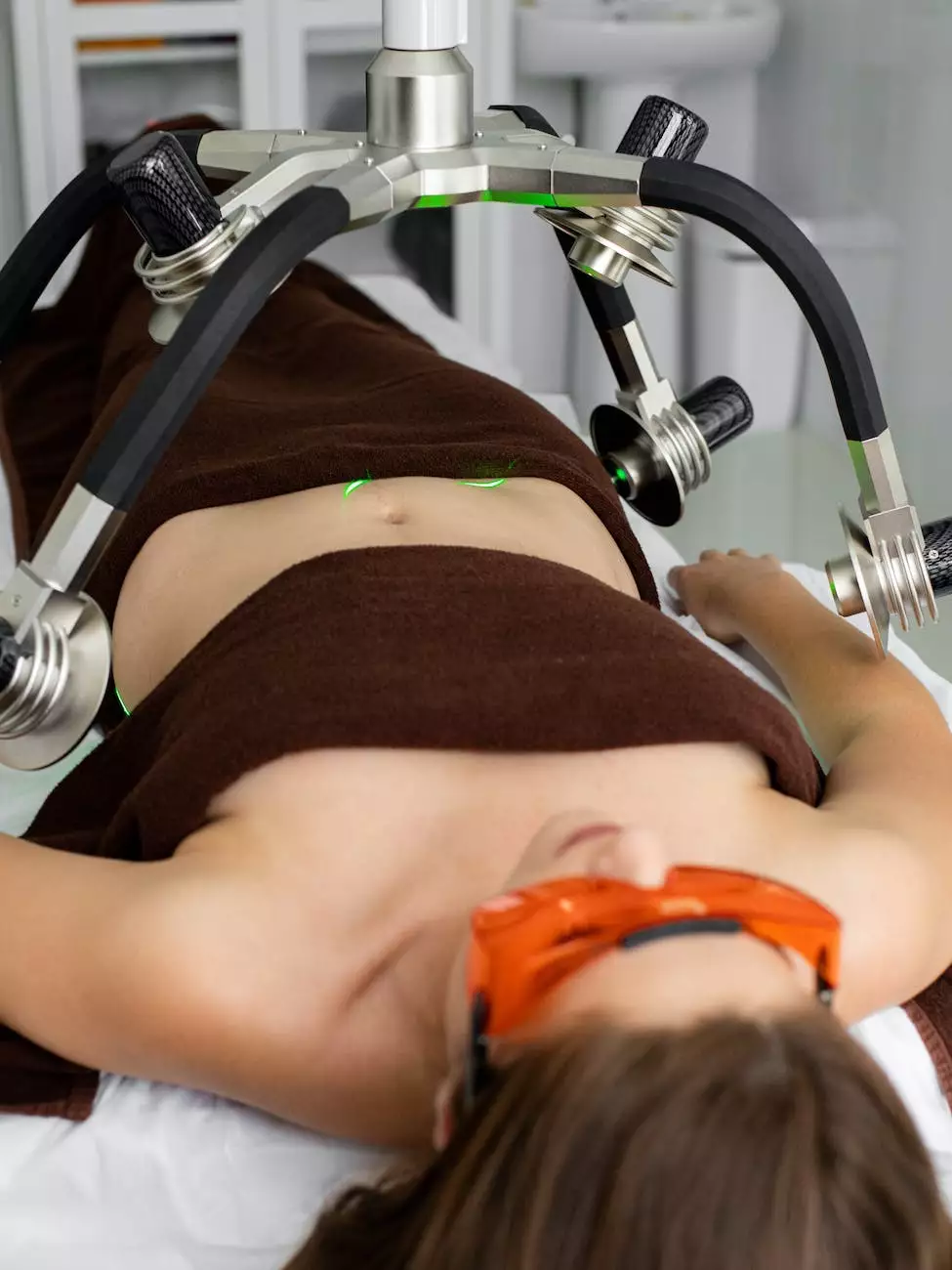Understanding the Gate Control Theory of Chronic Pain
Back Pain
Welcome to Back 2 Life Chiropractic's comprehensive guide on the Gate Control Theory of Chronic Pain. In this article, we will delve into the intricate details of how this theory explains the mechanisms behind chronic pain. As a leading chiropractic clinic in the field of pain management, we aim to provide you with the most accurate and up-to-date information to help you understand your chronic pain better.
What is the Gate Control Theory of Chronic Pain?
The Gate Control Theory of Chronic Pain, proposed by Ronald Melzack and Patrick Wall in 1965, revolutionized the understanding of pain perception. According to this theory, pain sensations are not solely a result of tissue damage but rather a complex interplay between nerve signals and the brain's interpretation of those signals.
In simple terms, the theory suggests that there is a "gate" in the spinal cord that controls the flow of pain signals to the brain. This gate is influenced by various factors, including physical, psychological, and environmental factors. Understanding these factors can play a pivotal role in managing and treating chronic pain effectively.
The Mechanisms Behind the Gate Control Theory
To comprehend the Gate Control Theory of Chronic Pain, we need to explore the mechanisms that drive it. It involves three key components: the nerve fibers, the spinal cord, and the brain.
The Nerve Fibers
The nerve fibers involved in pain transmission can be classified into two main types: A-delta fibers and C fibers. A-delta fibers are responsible for fast, sharp pain sensations, such as a prick from a needle. On the other hand, C fibers transmit slower, dull pain sensations, like the throbbing you may experience in a muscle.
The Spinal Cord
The spinal cord acts as a highway for pain signals traveling from various parts of the body to the brain. It is here that the gate control mechanism comes into play. The gate is situated in the dorsal horn of the spinal cord, where incoming pain signals are modulated and filtered before being relayed to the brain.
The gate can be controlled by both inhibitory and facilitatory factors. Inhibitory factors, such as non-painful touch or pleasant sensations, can close the gate, reducing the perception of pain. Conversely, facilitatory factors, including stress, anxiety, or inflammation, can open the gate, amplifying the pain signals.
The Brain
Finally, the brain plays a vital role in interpreting and processing pain signals received from the spinal cord. It takes into account various factors, such as past experiences, emotions, and cognitive factors, which influence the overall perception of pain.
Implications for Chronic Pain Management
The Gate Control Theory of Chronic Pain has significant implications for the management and treatment of chronic pain conditions. By understanding how the gate can be manipulated, healthcare professionals can employ a multidimensional approach to alleviate pain effectively.
Physical Interventions
Physical interventions, such as chiropractic adjustments, massage therapy, and physical exercises, can provide substantial relief by engaging the inhibitory factors and closing the gate. These non-invasive techniques work by stimulating sensory inputs that compete with and override the pain signals, effectively reducing the perception of pain.
Psychological Approaches
Psychological approaches focus on addressing the facilitatory factors that open the gate. Techniques such as cognitive-behavioral therapy, relaxation techniques, and mindfulness practices can help individuals manage stress, anxiety, and negative emotions. By reducing these factors, the gate can close, resulting in decreased pain sensitivity.
Environmental Modifications
Making environmental modifications can also contribute to pain management. Creating a calming and soothing environment, minimizing distractions, and implementing ergonomic changes in daily activities can all help in reducing pain perception by influencing the gate control mechanism.
Conclusion
In conclusion, understanding the Gate Control Theory of Chronic Pain is crucial for individuals dealing with persistent pain. Back 2 Life Chiropractic aims to empower you with knowledge so you can take an active role in managing your chronic pain.
By recognizing that chronic pain is a complex interplay between various factors, both physical and psychological, you can explore a range of interventions that target the gate control mechanism. Whether through physical interventions, psychological approaches, or environmental modifications, there are diverse options available to help you regain control and live a fulfilling life, free from the constraints of chronic pain.
Trust Back 2 Life Chiropractic to be your partner on this journey. Contact us today to schedule a consultation with our experienced team of professionals.




